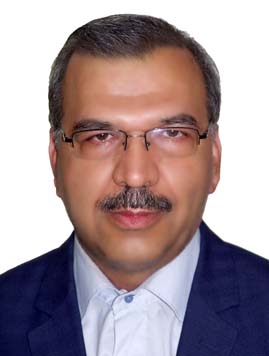Department of Range and Watershed Management
The aim of the bachelor’s program for the Range and Watershed Management, established in 2005, is to train experts capable of managing range and watershed areas in Iran and overseas. This is due to the country’s increasing need for protein resources. Moreover, since the economic conditions of villagers and nomads are in direct relation to rangelands, we need experts who will be able to use local experiences as well as scientific findings and modern technologies to manage the country’s rangelands. They should also be able to take the principles of sustainable development into consideration, to protect major soil and water resources, and to manage the improvement of forage production and multiple uses of rangelands. Furthermore, events such as destructive floods and sever soil erosion which are the results of misuse of resources require systematic and comprehensive management of available local resources.
The close interaction of students with natural environments is one of the outstanding characteristics and attractions of this field. During their studies, students will visit mountains, deserts and semi-desert areas in and out of the Khorasan Province. Students of Rangeland and Watershed Management receive necessary education in relation to the principles of soil and water protection. After graduation they will be able to do managerial and executive projects in watershed areas, prevention of floods and soil erosion. Local offices of natural resources, forestry and rangeland organizations, research institutions, universities and consulting engineering companies are among those institutions which can recruit and benefit from the graduates of Range and Watershed Management program. More
 |
Abolfazl Mosaedi |
| Professor | |
| Department of Range and Watershed Management | |
| mosaedi@um.ac.ir | |
| +9858805464 |
| Areas | Bachelor's | Master's | Ph.D |
| Rang and Watershed Management | - | - | |
| Rangeland Management | - | |
- |
| Watershed Management | - | |
- |
Academic staff
Research
Recent journal articles
Recent theses and dissertations
Recent research projects
Contact Information
Iran, Mashhad, Azadi Square, Ferdowsi University of Mashhad
Faculty of Natural Resources and Environment, Department of Range and Watershed Management
Phone: +985138804774-5464


